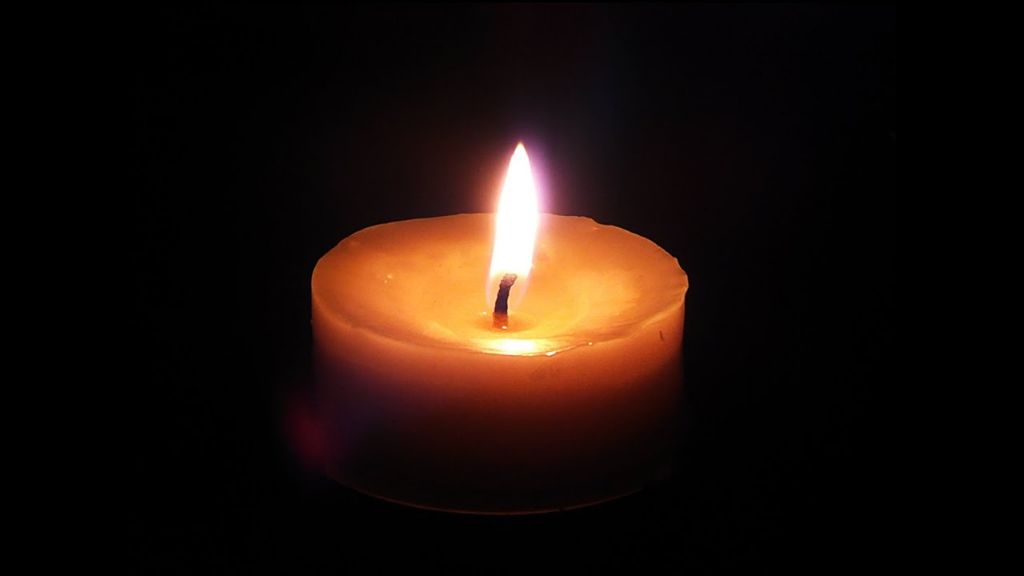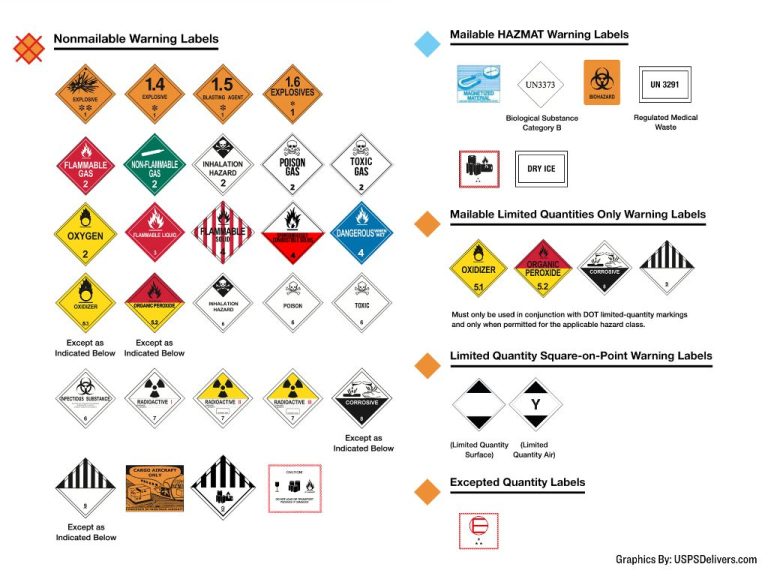How Does A Candle Stay Lit?
Candles are a simple invention that have been used for hundreds of years to provide light and fragrance. At their most basic, candles consist of a wick surrounded by wax. When lit, the wick absorbs melted wax, drawing it up the wick through capillary action. The heat of the flame vaporizes the liquid wax, which is then combusted by the flame. This sustains the flame and allows the candle to remain lit. The combustion process requires heat, fuel (wax vapor), and oxygen in order to continue burning. As the top of the candle melts, more liquid wax is exposed to keep the fuel supply available to the flame. This allows candles to burn steadily for hours. While simple in concept, many factors and innovations throughout history have allowed for the versatile and specialized candle designs we enjoy today.
Wick
The wick is a key component that allows a candle to burn. It is typically made of braided cotton or paper fibers that run through the center of the candle wax. When lit, the wick acts as a fuel delivery system, drawing liquid wax up to the flame via capillary action. This capillary action occurs due to the porous nature of the wick. The closely-spaced fibers of the braided wick act as tiny channels that allow liquid wax to be pulled up to the top of the exposed wick. As the liquefied wax reaches the flame, it is vaporized and burns.
Without the wick, the candle wax would simply melt into a puddle rather than vaporizing to a gas that can mix with oxygen and sustain a flame. The capillary action of the wick also ensures a continuous supply of fuel to the flame. As the wax pool melts, more liquid wax is wicked up to replace the wax that has burned off. This allows the candle to burn evenly for a consistent period of time.[1]
Thus, the capillary action of the wick is essential for drawing up liquid wax and providing a continuous fuel supply to create a steady, even flame.
[1] https://arizonahistoricalsociety.org/wp-content/uploads/2020/03/AHS-Education-Candle-Making-Handout.pdf
Wax
The wax used in candles serves as a fuel source and needs to melt at a low enough temperature to be viable for candles. Most modern candles use paraffin wax, a byproduct of petroleum refining. Paraffin wax has a melting point between about 46–68°C (115–154°F) depending on the type of paraffin used [1]. At room temperature, paraffin wax is a solid, but the heat from the candle flame melts the wax near the wick. This melted wax is then drawn up the wick via capillary action.
Other common candle waxes include beeswax and soy wax. Beeswax has a melting point of 62–64°C (144–147°F) [2]. Soy wax melts at a slightly lower temperature than paraffin, around 40–60°C (104–140°F). The relatively low melting points of these waxes allows them to liquefy at room temperature when heated by the candle flame. This liquid wax vaporizes and combusts to release energy that sustains the flame.
Flame

The flame in a candle is the result of a combustion reaction that releases heat and light energy. Combustion occurs when a fuel source reacts with oxygen, producing carbon dioxide, water vapor, heat, and light. The key elements needed to sustain combustion are fuel, oxygen, and heat.
In a candle, the wick draws up liquid wax which acts as the fuel source. As the wax reaches the flame, it vaporizes and mixes with oxygen in the air. This wax vapor combusts with the oxygen, producing heat energy. Some of this heat is transferred back to the wick, vaporizing more wax and sustaining the combustion reaction. The combustion of the wax vapor also produces light energy from the excited carbon atoms. As long as there is sufficient oxygen and the wax wick can draw up more fuel, the combustion reaction is self-sustaining. This allows the flame to continue burning steadily until the wax or wick is used up.
The combustion reactions can be summarized as:
Fuel (wax vapor) + Oxygen → Carbon dioxide + Water + Heat + Light
The flame provides the ignition temperature needed to keep this exothermic reaction going. The constant supply of heat from combustion maintains the vaporization of wax at the wick, which feeds more fuel to perpetuate the flame. This cyclic process allows a candle’s flame to remain lit until it runs out of wax or wick.
Oxygen
Oxygen plays a crucial role in sustaining the flame of a candle. For any normal combustion reaction to occur, an oxidizer is required. In the case of a candle, the oxidizer is oxygen from the surrounding air. Oxygen reacts with the hydrocarbon wax vapor to generate energy in the form of light and heat.
The basic chemical reaction occurring is:
Hydrocarbon (wax) + Oxygen (O2) –> Carbon Dioxide (CO2) + Water (H2O) + Energy
Without oxygen, this reaction cannot proceed and the flame will be extinguished. The oxygen must mix with the wax vapor in the right proportions in the flame zone for optimal combustion. As the candle burns, it continuously draws in fresh supplies of oxygen from the surrounding air to support the chemical reaction.
Interestingly, the sun does not require external oxygen to burn, since its fuel source is nuclear fusion, not chemical combustion. Nuclear fusion within the sun fuses hydrogen atoms together to form helium, releasing vast amounts of energy, without needing oxygen. So while chemical flames like a candle require oxygen, nuclear flames like within stars do not.
Heat
Heat transfer is a critical part of how a candle stays lit. As the candle burns, the flame produces heat which melts the solid wax into liquid wax or vapor (Reference 1). This allows the liquefied wax to travel up the wick via capillary action and fuel the flame. There are three main mechanisms of heat transfer occurring:
Conduction – Heat transfers from the flame down the wick to melt solid wax into liquid fuel.
Convection – Hot gases from the flame rise and mix with cooler air, circulating heat.
Radiation – Heat radiates outward from the flame in all directions, warming surroundings.
The flame must maintain a temperature over 180°C to vaporize wax and sustain combustion (Reference 2). The candle wax serves as a fuel source which is liquefied by heat transfer from the flame. This wax vapor mixes with oxygen to enable the exothermic chemical reaction of combustion. Therefore, heat transfer is essential to provide energy to melt wax and drive this continual cycle of fueling the flame.
Vaporization
A key process that allows a candle to stay lit is vaporization of the wax. As heat is applied to the candle wax, either from the initial lighting of the wick or from the flame itself, the wax begins to melt. Once melted, the wax continues absorbing heat until it reaches its boiling point and starts to vaporize. The vapor from the wax rises up through the wick and provides fuel for the candle flame.
The heat of the flame causes the wax vapor to undergo combustion, which produces additional heat to keep the cycle going. This heat melts and vaporizes more wax, generating more fuel for combustion. It creates a continuous process of heat transfer from the flame to the wax that sustains the reaction and allows the candle to remain lit.1
The wax vapor essentially acts as the fuel source for the flame. As long as there is adequate melted and vaporized wax feeding up through the wick, the candle can stay lit. The capillary action of the wick and the vapor pressure of the heated wax help drive this constant fuel supply. Once the wax is used up or the vaporization process disrupted, the flame is extinguished.
Air Currents
Air currents play an important role in how a candle burns. As hot air from the flame rises, it pulls in fresh air from the surrounding environment. This inward rush of air provides the flame with a constant supply of oxygen to sustain combustion. Without sufficient air circulation, the flame can become unstable and flicker or go out entirely.
Air currents can also impact the direction and shape of the flame. If air is blowing from one direction, it causes the flame to lean in that direction. Strong drafts and gusts of air can make the flame dance around violently. This disrupts the melting and pooling of wax, leading to uneven burning, tunneling, and dripping down the side of the candle.
Candle placement should avoid areas with too much air flow, like close to ceiling fans, open windows, and HVAC vents. Eliminating drafts helps the flame burn straight up in a teardrop shape for ideal wax pooling and even burning. However, completely blocking air circulation around a candle can also be dangerous, as it risks depleting oxygen.
Maintaining the right balance of gentle air flow is key. The flame needs sufficient oxygen to keep burning cleanly and brightly. But minimizing drafts prevents the flame from blowing out or burning erratically. With the right airflow, the candle can stay lit and provide an even, consistent burn.
Extinguishing
When a candle is extinguished, the flame is put out, stopping the combustion reaction. There are a few ways this can happen:
Blowing: Blowing air on a candle flame pushes away the hot vaporized wax molecules rising from the wick, removing the fuel source for the flame and putting it out.[1]
Snuffing: Using a snuffer or other tool to cover the flame cuts off the oxygen supply, smothering the flame so it can no longer burn. This contains the smoke and stops the wick from smoldering.[2]
Depletion: As the candle wax pool shrinks from burning, eventually the wax can no longer reach the wick to fuel the flame. With no more vaporized wax to sustain it, the flame dies out on its own.
When a candle is extinguished, the combustion cycle ends as heat, fuel source, and oxygen are removed from the chemical chain reaction. The wick stops glowing and the rising smoke vapor trail ceases.
Conclusion
In summary, candles have played an important role throughout human history, providing light and ambiance in times before electricity. From their origins in ancient civilizations using animal fat, to beeswax candles in early Christian worship, to the growth of candlemaking as an industry in the 18th-19th centuries, candles have been a constant companion. Today, while no longer a necessity, candles remain popular for their beauty, fragrance, and warmth. Understanding how a candle works – through capillary action drawing wax up the wick, vaporization of the wax to fuel the flame, and the need for oxygen – allows us to better appreciate this simple but ingenious invention. Candles continue to light up our homes and mark special occasions, a testament to their enduring appeal through the centuries.

